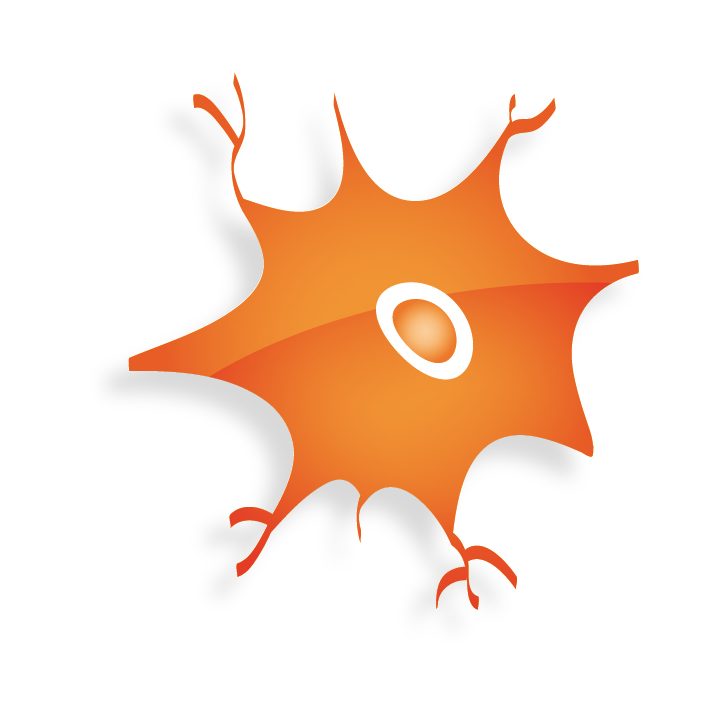SS07: Real World Applications of BCI Systems
Ivan Volosyak
Rhine-Waal University of Applied Sciences, Germany
Abstract
A Brain-Computer Interface (BCI) is based on the analysis of brain activity to provide a non-muscular channel for detection of user intentions and sending commands to the external world. A BCI emerged few decades ago as a novel way of communication allowing subjects with severe disabilities, who may be completely paralyzed or locked-in, to communicate and to interact with the surroundings and outer world. Modern BCI applications can also be used in very different areas (e.g. gaming and entertainment industry). In the future, a qualitative improvement in performance is expected, in terms of substantially higher information transfer rates (ITRs) and reliability with potential users in emerging areas of interest.
The main goal of this special session is to show the last research advances in neurotechnologies, BCI paradigms, various real-world BCI applications, as well as innovative signal processing algorithms, training techniques or paradigms that make them possible.
Organizer
Dr. Ivan Volosyak received the Diploma in the field of automation and control of technical systems from the Dnepropetrovsk State University, Dnepropetrovsk, Ukraine, in 1998, and the Ph.D. degree in electrical engineering from the University of Bremen, Bremen, Germany, in 2005. He is currently a Professor for Biomedical Engineering at the Rhine-Waal University of Applied Sciences, Kleve, Germany. Previously, he was a Postdoctoral Research Fellow at the Institute of Automation, University of Bremen, and Project Manager of several national and the European Union projects carried out at the University of Bremen, Germany. From 2005 to 2008, he has held visiting positions at the Institute for Knowledge Discovery, Graz University of Technology, Austria, and at the Centre for Rehabilitation Engineering, Glasgow University, U.K. His research interests include brain-computer interfacing, signal processing, digital image processing, service robotics, and assistive technology with the primary focus on applications in spinal cord injury rehabilitation.
